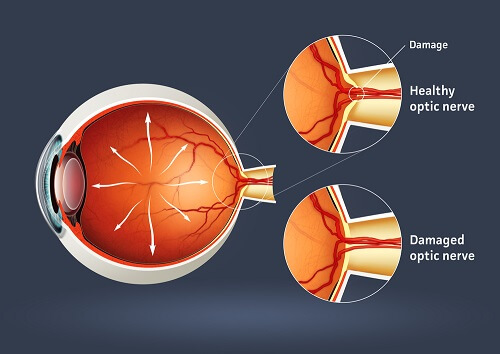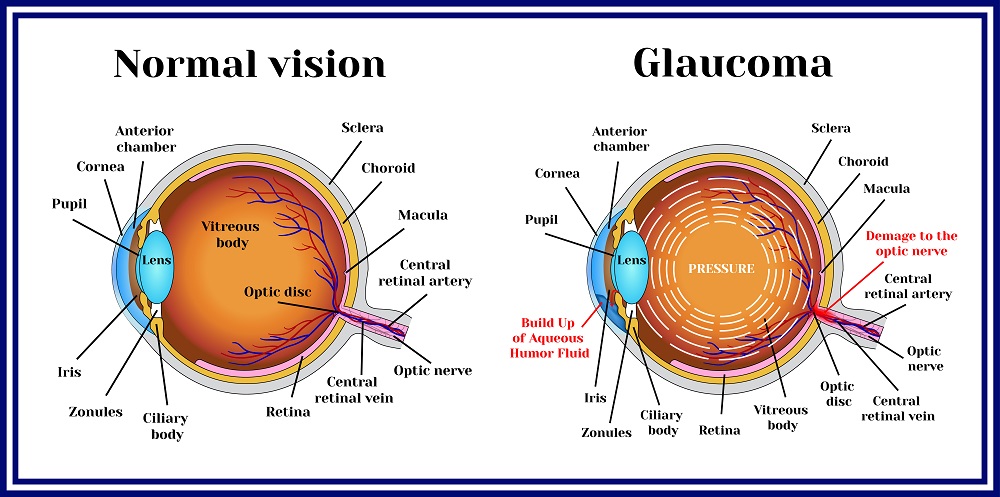Comprehending the Various Vision Improvement Procedures Available for Clearer Sight
In the realm of vision adjustment treatments, a wide variety of alternatives exist to resolve refractive errors and supply people with clearer view. From the commonly identified LASIK surgery to much less intrusive treatments like PRK and implantable lenses, the area of ophthalmology provides a series of methods tailored to fit different requirements and choices. Each treatment features its very own collection of considerations, advantages, and possible dangers. Comprehending the nuances of these vision correction approaches is essential for making notified choices about one's aesthetic health and wellness. Let's check out the intricacies of these procedures and dropped light on the course to attaining boosted vision clearness.
LASIK Surgery
LASIK surgical procedure is an usual refractive procedure used to remedy vision issues such as farsightedness, nearsightedness, and astigmatism. This medical method, which stands for Laser-Assisted in Situ Keratomileusis, aims to reshape the cornea to enhance how light is focused on the retina, ultimately boosting vision quality.
Among the key advantages of LASIK surgery is the quick improvement in vision experienced by patients. Many individuals observe a substantial improvement in their sight immediately after the procedure. Furthermore, many patients report marginal pain and pain during the surgery and recuperation period. The recuperation time for LASIK is fairly fast, with lots of people going back to their everyday activities within a day or 2 post-operation. On the whole, LASIK surgical procedure is a popular selection for individuals seeking a lasting solution for their vision problems.
PRK Procedure
While also a typical refractive procedure, the PRK (Photorefractive Keratectomy) strategy differs from LASIK surgical procedure in its method to correcting vision issues. In PRK, rather than producing a flap on the cornea, the external layer of the cornea, called the epithelium, is totally eliminated. This allows the laser to reshape the cornea to deal with refractive mistakes such as farsightedness, nearsightedness, and astigmatism straight externally.

Despite the longer recovery time, PRK can yield outstanding cause vision enhancement, making it a valuable option for those that might not appropriate prospects for LASIK surgical treatment.
Implantable Lenses
In comparison to PRK where the cornea is improved directly, implantable lenses supply one more method for fixing vision by placing synthetic lenses inside the eye. This treatment is specifically valuable for people with high levels of astigmatism, nearsightedness, or farsightedness that may not appropriate prospects for laser surgeries like LASIK or PRK.
Implantable lenses, additionally called phakic intraocular lenses, job by supplementing the eye's natural lens with an artificial one. eyecare near me. These lenses can be placed before the natural lens (former chamber) or behind the iris and before the all-natural lens (posterior chamber) By readjusting the power and positioning of these lenses, eye doctors can efficiently correct refractive mistakes and enhance aesthetic acuity
One benefit of implantable lenses is that they are exchangeable and detachable, providing adaptability for future modifications. As with click to read any type of medical procedure, there are dangers involved, such as infection or cataract development. Clients considering implantable lenses ought to speak with an eye care specialist to identify the most ideal choice based upon their individual requirements and eye wellness.
Corneal Rings
Corneal rings, likewise called intracorneal ring sectors, are little, clear tools inserted into the cornea to remedy vision distortions such as keratoconus. Keratoconus is a problem where the cornea thins and bulges outward, causing vision to end up being altered. The insertion of corneal rings helps to flatten the cornea, boosting visual acuity and lowering the irregular astigmatism triggered by keratoconus.
The procedure for placing corneal rings is minimally invasive and fairly fast, often performed as an outpatient procedure. During the surgical procedure, the ophthalmologist makes a small laceration in the cornea and inserts the rings at a specific depth. When in area, the rings assist to improve the cornea, giving a smoother surface for light to get in the eye, which can lead to more clear vision.
Corneal rings are taken into consideration a Home Page relatively easy to fix treatment, as they can be eliminated or replaced if needed. glaucoma service near me. While they may not completely eliminate the requirement for glasses or get in touch with lenses, corneal rings can considerably boost vision quality and overall visual comfort for people with keratoconus or various other corneal abnormalities
Refractive Lens Exchange
Complying with the adjustment of corneal irregularities with procedures like corneal rings, one more vision correction technique that can address refractive mistakes is Refractive Lens Exchange (RLE) RLE is a surgery that involves changing the eye's natural lens with a man-made intraocular lens (IOL) to fix refractive errors such as nearsightedness, presbyopia, and farsightedness. This treatment is especially useful for individuals who may not be suitable candidates for treatments like LASIK or PRK due to elements such as thin corneas or high refractive mistakes.

Conclusion
Finally, there are numerous vision improvement treatments offered to aid individuals achieve clearer view. LASIK surgical procedure, PRK procedure, implantable lenses, corneal rings, and refractive lens exchange are all alternatives that can resolve various vision problems. It is necessary for individuals to speak with their eye care carrier to identify the most suitable treatment based on their particular requirements and preferences. With developments in modern technology, accomplishing enhanced vision is now much more available than in the past.
In the realm of helpful resources vision improvement treatments, a wide variety of choices exist to address refractive mistakes and provide people with more clear sight.LASIK surgery is a typical refractive procedure made use of to deal with vision issues such as farsightedness, astigmatism, and nearsightedness.While additionally a typical refractive procedure, the PRK (Photorefractive Keratectomy) method varies from LASIK surgical procedure in its technique to fixing vision troubles.Complying with the correction of corneal irregularities with treatments like corneal rings, another vision modification technique that can deal with refractive errors is Refractive Lens Exchange (RLE) LASIK surgical procedure, PRK procedure, implantable lenses, corneal rings, and refractive lens exchange are all alternatives that can deal with different vision concerns.